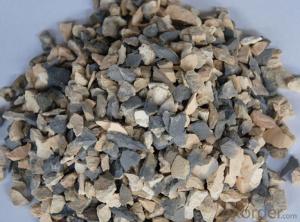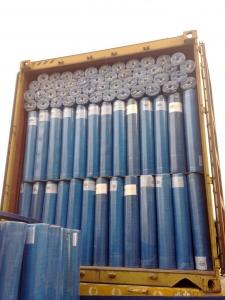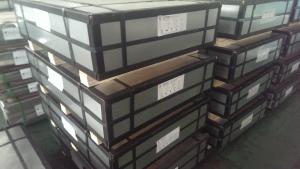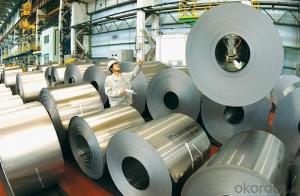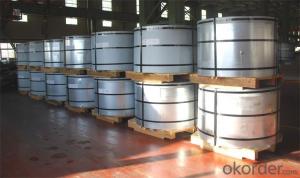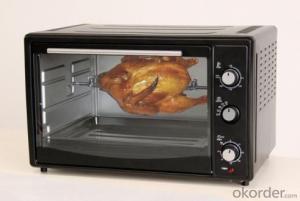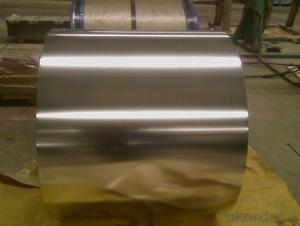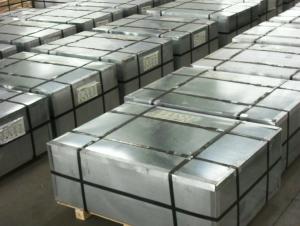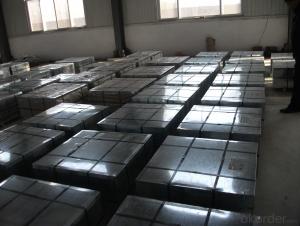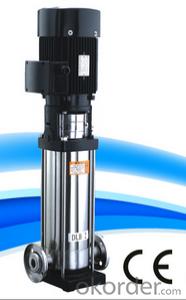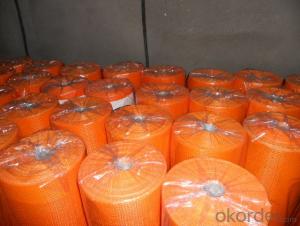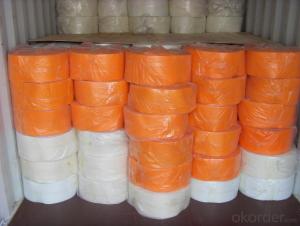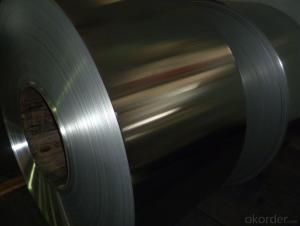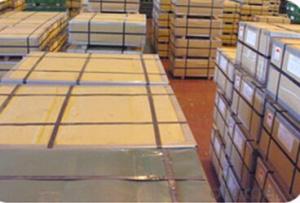Turkey Tinplate
Turkey Tinplate Related Searches
4 By 8 Plastic Sheets Thin Plastic Sheets Flexible Tinplate Coil Quotes Tinplate Iron Clear Plastic Sheets Hard Plastic Sheets 4X8 Lightweight Plastic Sheets Wavy Plastic Sheets White Plywood Sheets Poly Styrene Foam SheetsHot Searches
Tinplate China Tinplate Stock Price Tata Tinplate Price List Tinplate Price Trend Tinplate Nse Share Price Tinplate Price Chart Tinplate Share Price Nse Tata Tinplate Share Price Tinplate Share Price Today Tinplate Share Price Bse Tinplate Price Tinplate Share Price Tinplate Coil Manufacturers Tinplate Sheet Suppliers Food Mixer Sale Tinplate Factory Tinplate Production Tinplate Products Ltd Tinplate Products Tinplate Can ManufacturersTurkey Tinplate Supplier & Manufacturer from China
Okorder.com is a professional Turkey Tinplate supplier & manufacturer, offers integrated one-stop services including real-time quoting and online cargo tracking. We are funded by CNBM Group, a Fortune 500 enterprise and the largest Turkey Tinplate firm in China.Hot Products
FAQ
- Yes, tinplate can be recycled. It is made of steel coated with a thin layer of tin, and both steel and tin can be recycled indefinitely without losing their properties. Recycling tinplate helps conserve resources and reduce waste.
- One of the main benefits of using tinplate for paint cans is its exceptional durability and resistance to corrosion. Tinplate is a coated steel material that provides a protective barrier against moisture, preventing rusting and extending the lifespan of the paint cans. Additionally, tinplate is a lightweight material, making it easy to handle and transport. It also offers excellent recyclability, making it an environmentally-friendly choice.
- The coating on tinplate plays a crucial role in enhancing its properties. It protects the underlying tin layer from corrosion, making tinplate highly resistant to rust. The coating also provides a barrier against external elements, ensuring the integrity and longevity of the tinplate. Additionally, the coating can improve the appearance of tinplate, making it more visually appealing. Overall, the coating significantly enhances the durability, corrosion resistance, and aesthetic appeal of tinplate.
- Should vacuum filling be required for tinplate meat filling?
- Mainly depends on your production process needs
- Raw material for zinc clad sheet? Can zinc clad plate replace tinplate?
- Zinc is very active, outdoor corrosion is the surface after the formation of Zinc Oxide, do you dare to drink drinks containing Zinc Oxide, you see, you can replace the tinplate?
- The main markets for tinplate are primarily the packaging industry, especially for food and beverages, as well as the manufacturing of cans, containers, and aerosol cans. Additionally, tinplate is used in various industries such as automotive, construction, electronics, and pharmaceuticals for its corrosion-resistant properties.
- Tinplate performs exceptionally well in terms of odor and taste retention. Due to its impermeable nature, it effectively prevents any external odors or flavors from contaminating the contents of the tinplate container. This makes it an ideal choice for packaging food and beverages, ensuring their freshness and original taste is preserved for an extended period of time.
- Tinplate can significantly affect the overall cost of packaging production. Its use as a material for packaging adds to the expense due to its higher cost compared to other materials like aluminum or plastic. Additionally, tinplate requires specialized manufacturing processes, including coating and printing, which further contribute to the production cost. However, tinplate offers advantages such as excellent durability, tamper resistance, and ability to maintain product quality, which may justify the higher cost for certain products.





